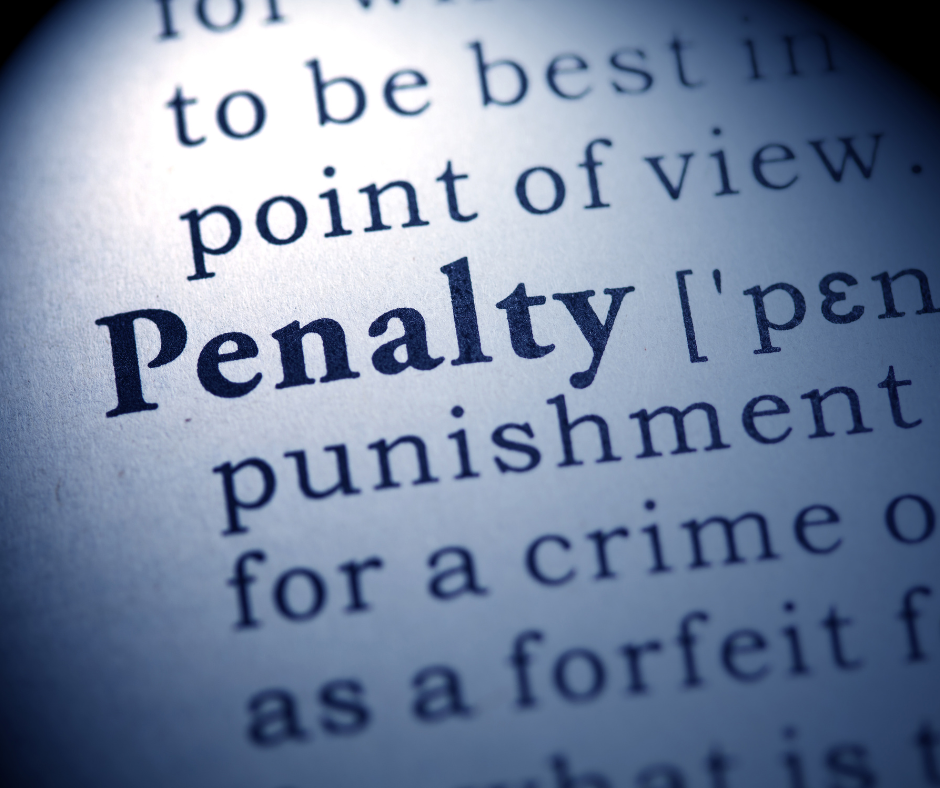You have won your case in court, but your opponent stubbornly refuses to comply with the judgment? A court order to do or not do something remains unfulfilled despite your reminders? The penalty payment (“astreinte” in French) may well be the legal tool you need to finally compel your uncooperative debtor to act.

Introduced into Belgian law by the Act of 31 January 1980, the penalty payment is a particularly effective economic pressure mechanism. However, caution is advised: its use is governed by strict rules, and its implementation requires thorough mastery of procedural subtleties.
Legal Framework: Understanding the Essence of the Penalty Payment
Article 1385bis of the Judicial Code defines the penalty payment as a financial sanction, ordered by the judge in case the main judgment is not complied with. It is not compensation for damage suffered but a private penalty aimed at encouraging the debtor to voluntarily fulfil their obligations.
The penalty payment is an ancillary measure that must necessarily accompany a main judgment to do or not do something. The judge has sovereign discretion and is under no obligation to order it. Once incurred, it is entirely acquired by the creditor, regardless of the actual damage suffered.

The judge has several options to adapt the pressure to the circumstances. A fixed penalty payment, set as a single sum, is suitable for specific or easily time-delimited obligations. A progressive penalty payment, determined per unit of time or per infraction, is ideal for continuous or repeated obligations. The judge can also set a cap amount beyond which the penalty payment will cease to apply, thus avoiding disproportionate sanctions.
Application Areas and Exclusions
The penalty payment applies in many disputes whenever there is an obligation to do or not do something. In construction law, it can compel restoration of non-compliant constructions or demolition of illegal structures. In intellectual property law, it forces cessation of infringement or withdrawal of products from the market. In commercial matters, it ensures compliance with specific contractual obligations or exclusivity clauses.
Article 1385bis explicitly excludes the penalty payment in two situations: it cannot accompany a judgment ordering payment of a sum of money, and it is excluded from actions for enforcement of employment contracts.
Conditions for Enforceability: When Does the Penalty Payment Become Due?
Several conditions must be met for a penalty payment to become enforceable. Prior service of the judgment is an absolute prerequisite. The penalty payment cannot be incurred before this service, which ensures that the debtor is fully informed of their obligations.
The judge may grant a grace period before the penalty payment begins to accrue. This period, distinct from the execution deadline, gives the debtor extra time. The penalty payment is only enforceable once the judgment pronouncing it has become enforceable.
The Role of the Enforcement Judge
Article 1385quater of the Judicial Code states that once incurred, the penalty payment is entirely acquired by the creditor, who may recover it under the title that provided for it. Unlike European law, Belgian law does not require prior liquidation through a new judgment.

In case of enforcement difficulties, Article 1395 of the Judicial Code gives the enforcement judge jurisdiction over all matters related to the recovery of the penalty payment. This judge checks the legality of enforcement actions, ensures that the conditions for enforceability are met, and assesses the scope of the decision without modifying the parties' rights. They also examine the currency and enforceability of the title.
However, the enforcement judge has interpretive power over the title ordering the penalty payment, according to Article 793 of the Judicial Code, although this interpretation must remain strict. More significantly, they can assess whether recovering the penalty payment constitutes an abuse of rights under the given circumstances. This competence allows them, in practice, to limit the penalty payment when its pursuit would clearly exceed the normal exercise of rights by a prudent and diligent person.
On the other hand, the enforcement judge cannot modify the content of the judgment or consider that the penalty payment is not due because the main judgment was unjustified.
Prescription: A Short Time Limit to Monitor
Article 1385octies of the Judicial Code sets a particularly short limitation period: the penalty payment is prescribed after six months from the date on which it is incurred. For penalty payments set per unit of time or per infraction, prescription is calculated separately for each elapsed unit of time or each committed infraction.
Thus, for a penalty payment of €100 per day of delay, each day triggers a separate six-month limitation period.
Prescription can be interrupted by a payment order or by a seizure.
Impossibility of Execution and Revision
Article 1385quinquies offers a controlled escape route for a debtor acting in good faith. The judge who ordered the penalty payment can rule its removal, suspend its accrual for a specified period, or reduce its amount. This revision is only possible in case of definitive or temporary, total or partial, impossibility to comply with the main judgment.

However, case law requires proof of a genuine objective impossibility not attributable to the debtor. Mere execution difficulty or economic constraints are not sufficient.
Recent Case Law Developments
Courts increasingly sanction abusive recoveries of penalty payments. The Court of Cassation reiterates that the theory of abuse of rights, which involves verifying whether the exercise of a right does not clearly exceed the normal limits of exercising that right by a prudent and diligent person, applies against the recovery of penalty payments. Judges exercise increased control over the proportionality of penalty payments, particularly in disputes between individuals or involving SMEs.
Moreover, the penalty payment perfectly adapts to contemporary challenges: removal of online content, GDPR compliance, cessation of cyber harassment. This adaptability reflects the modernity and continued effectiveness of this legal tool.
Conclusion: Mastering the Penalty Payment for Effective Justice
The penalty payment is a particularly effective enforcement tool in the Belgian legal system. Its financial nature and its accumulation over time exert psychological and economic pressure that is often decisive on uncooperative debtors.
However, its implementation requires perfect technical mastery of enforceability conditions, prescription periods, appropriate amount selection, and recovery procedure management.
The objective is not necessarily to obtain full payment of the penalty payment, but to compel the fulfilment of the main obligation. Sometimes, the mere threat of a penalty payment is enough to resolve a conflict and obtain voluntary compliance. In an economic context where bad-faith debtors are increasingly common, the penalty payment is especially relevant.

Vanbelle Law Boutique assists you with all judicial procedures requiring a penalty payment: prior legal analysis, assessment of success chances, summary proceedings, monitoring of limitation periods, etc. We turn your judgments into real leverage to finally achieve effective and rapid enforcement of your rights.



.png)






